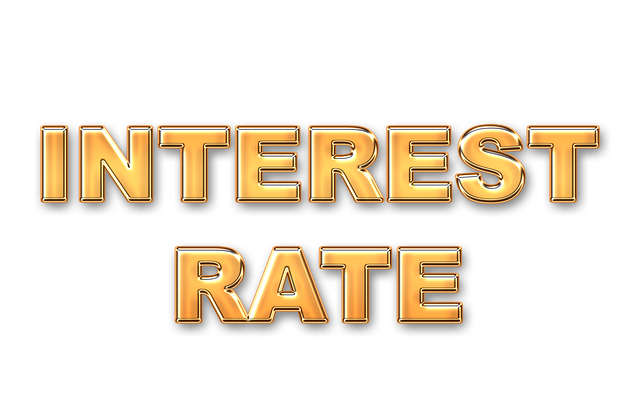Lower interest rates significantly boost the real estate market by making home buying more affordable, increasing demand, sales volumes, and potentially property values. While first-time buyers benefit from reduced mortgage costs, intensifying competition in popular areas, seasoned investors can refinance at lower rates, stimulating construction but potentially disrupting market dynamics. Real estate professionals can capitalize on this environment by employing strategic marketing that emphasizes affordable financing options, partnerships with lenders, and staying informed about market trends to support both buyers and sellers.
In today’s economic climate, lower interest rates are sparking renewed interest in the real estate market. This article explores how these reduced rates are influencing home buying decisions across diverse demographics. We delve into the strategies that real estate professionals can employ to capitalize on this favorable environment, providing insights into navigating this dynamic sector. Understanding the impact of lower rates is key for both buyers and sellers in the ever-evolving world of real estate.
How Lower Rates Impact Home Buying Decisions

Lower interest rates significantly influence home buying decisions in the real estate market. When rates drop, purchasing a home becomes more affordable, as the cost of borrowing money decreases. This stimulus encourages prospective buyers who may have been deterred by higher rates to enter the market. With lower monthly mortgage payments, more individuals and families can consider buying a property, thereby increasing overall demand.
Real estate agents and industry experts often observe a surge in housing-related activities when interest rates are low. Lower rates not only make homes more accessible but also stimulate economic growth by encouraging investment in real estate. This positive feedback loop can lead to a more vibrant market, with higher sales volumes and potentially increased property values over time.
The Effect on Various Demographic Groups

Lower interest rates have a profound impact on the housing market, influencing various demographic groups differently. For first-time homebuyers, these lower rates make mortgages more affordable, encouraging them to enter the real estate market. This can lead to increased competition among buyers for a limited number of properties, particularly in popular locations. As a result, prices may rise, benefiting sellers but potentially making it harder for first-timers to secure their dream home.
On the other hand, seasoned investors benefit from lower rates by encouraging them to refinance existing mortgages or take out new loans at cheaper rates. This can stimulate the construction sector as investors opt to develop properties, creating more housing stock. However, it may also lead to a shift in market dynamics, with investors dominating certain sectors and potentially driving up prices, making it less accessible for those seeking affordable housing.
Strategies for Real Estate Professionals in a Lower Rate Environment

In an environment of lower interest rates, real estate professionals have a unique opportunity to drive market activity and assist buyers and sellers alike. To capitalize on this scenario, agents should focus on strategic marketing that emphasizes affordable financing options. Highlighting the benefits of low-rate mortgages and down payment assistance programs can attract first-time homebuyers, a demographic often deterred by high costs.
Additionally, real estate professionals can foster partnerships with mortgage lenders to offer competitive rates and streamlined closing processes. They should also stay updated on market trends and economic indicators to guide clients through the ever-changing landscape. By combining effective marketing strategies with personalized service, agents can facilitate smoother transactions and contribute to a more vibrant real estate market in this favorable rate climate.






